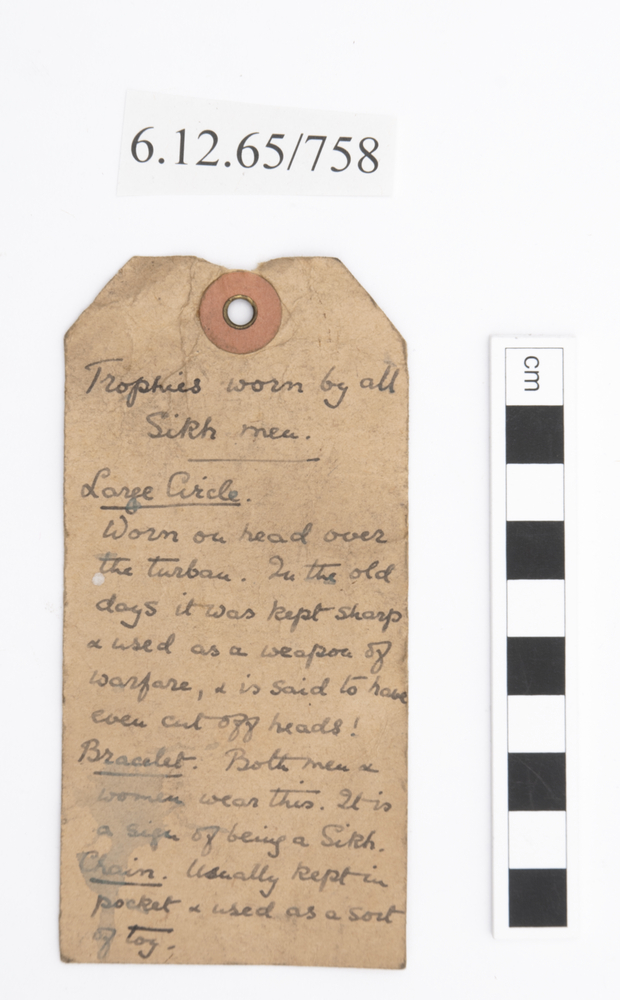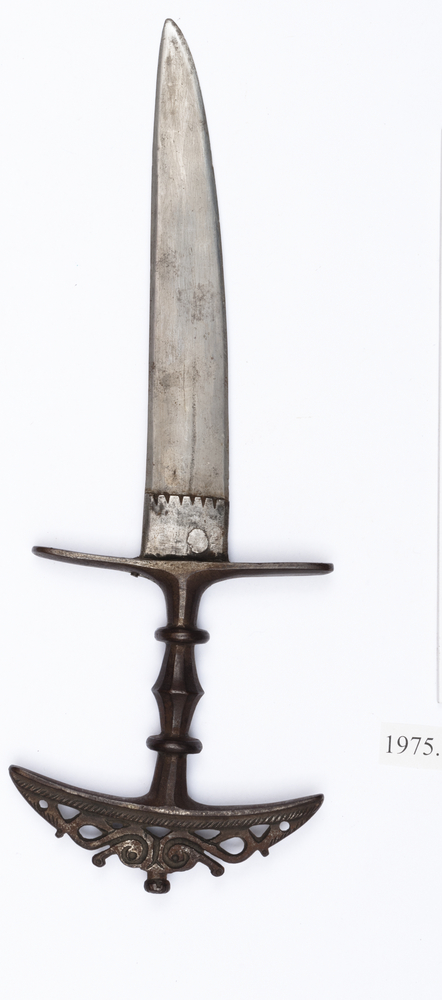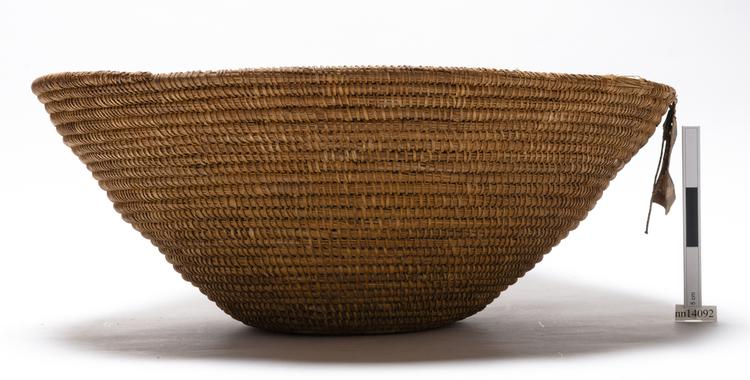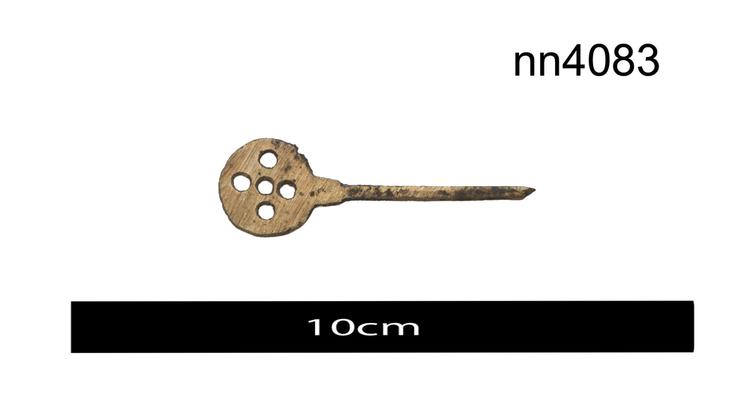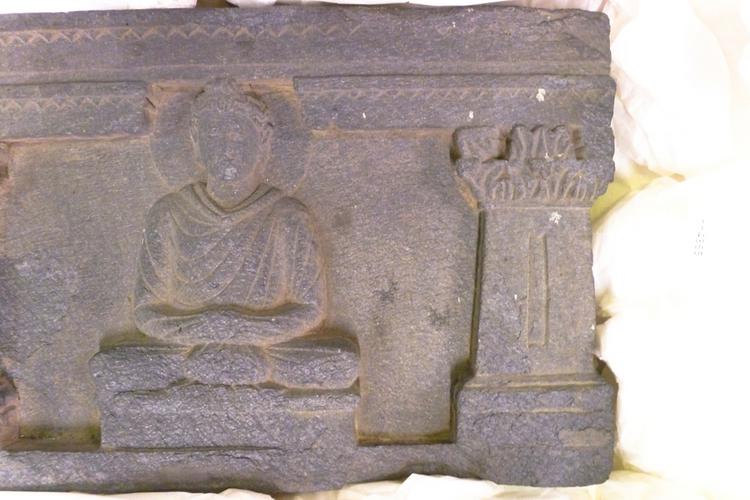
Section of a sculpted frieze bearing images of a pair of seated Buddhas in pleated robes.
A section of a sculpted frieze bearing images of a pair of seated Buddhas in pleated robes, each in padmasana or ‘meditation’ posture and with a large halo behind the heads. The Buddha images are divided from each other and, presumably, from similar images in flanking frieze sections, by a series of squat pillars on bases decorated with narrow horizontal grooves. There is a vertical narrow rectangular groove up the height of each pillar, culminating in a capital decorated with acanthus leaves in local corinthian style. The horizontal border sections above each of the pillars and above the heads of the Buddhas along the length of the frieze are further decorated with a saw-tooth motif. This object comes from a frieze that may have been set up as a votive adornment to the bottom of a shrine or temple wall. It is not curved and so is unlikely to have come from a round-based stupa. Domed structures such as stupas were established on square or rectangular bases often adorned with the repetitive Buddha sequence depicted here. There is no find spot or archaeological context known for this piece, and no apparent way of tracing this information beyond the fact that it is inscribed in black crayon with the number '5'. The reverse of the object is marked by deeply scored parallel chisel incisions. The piece is in the typical grey schist of ancient Gandharan Buddhist stone sculpture. Date: circa 2nd or 3rd centuries.



